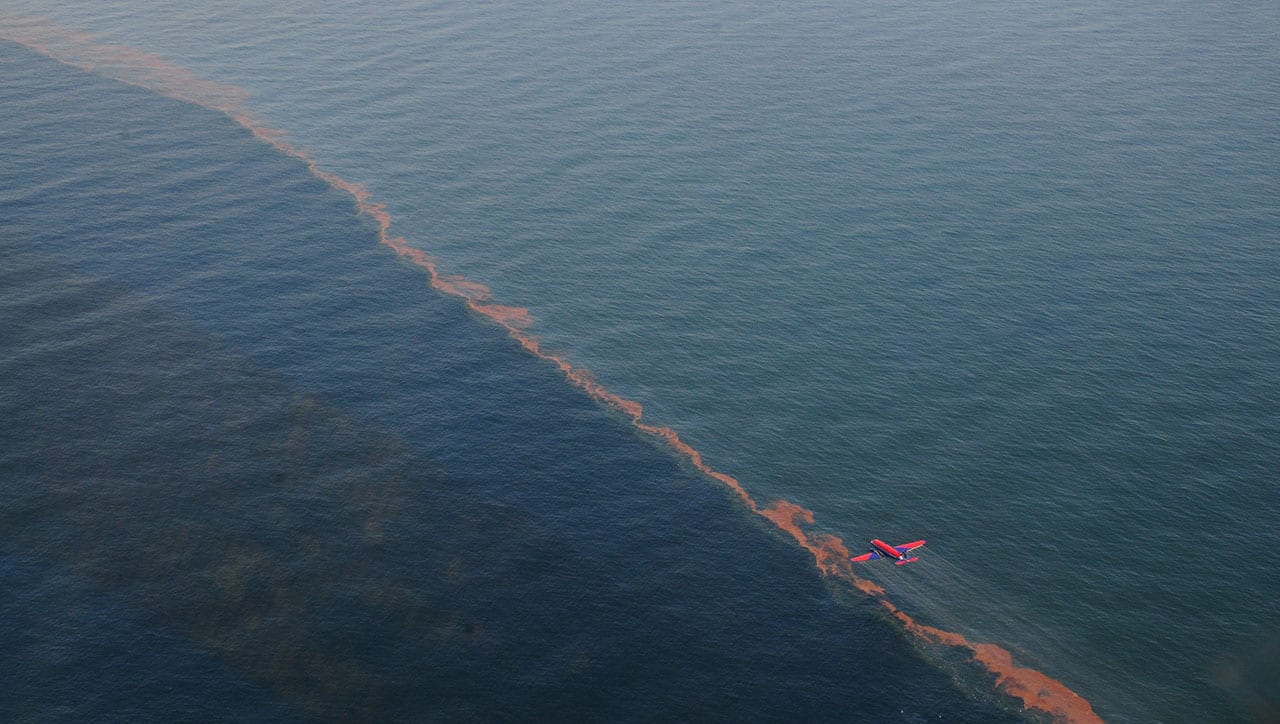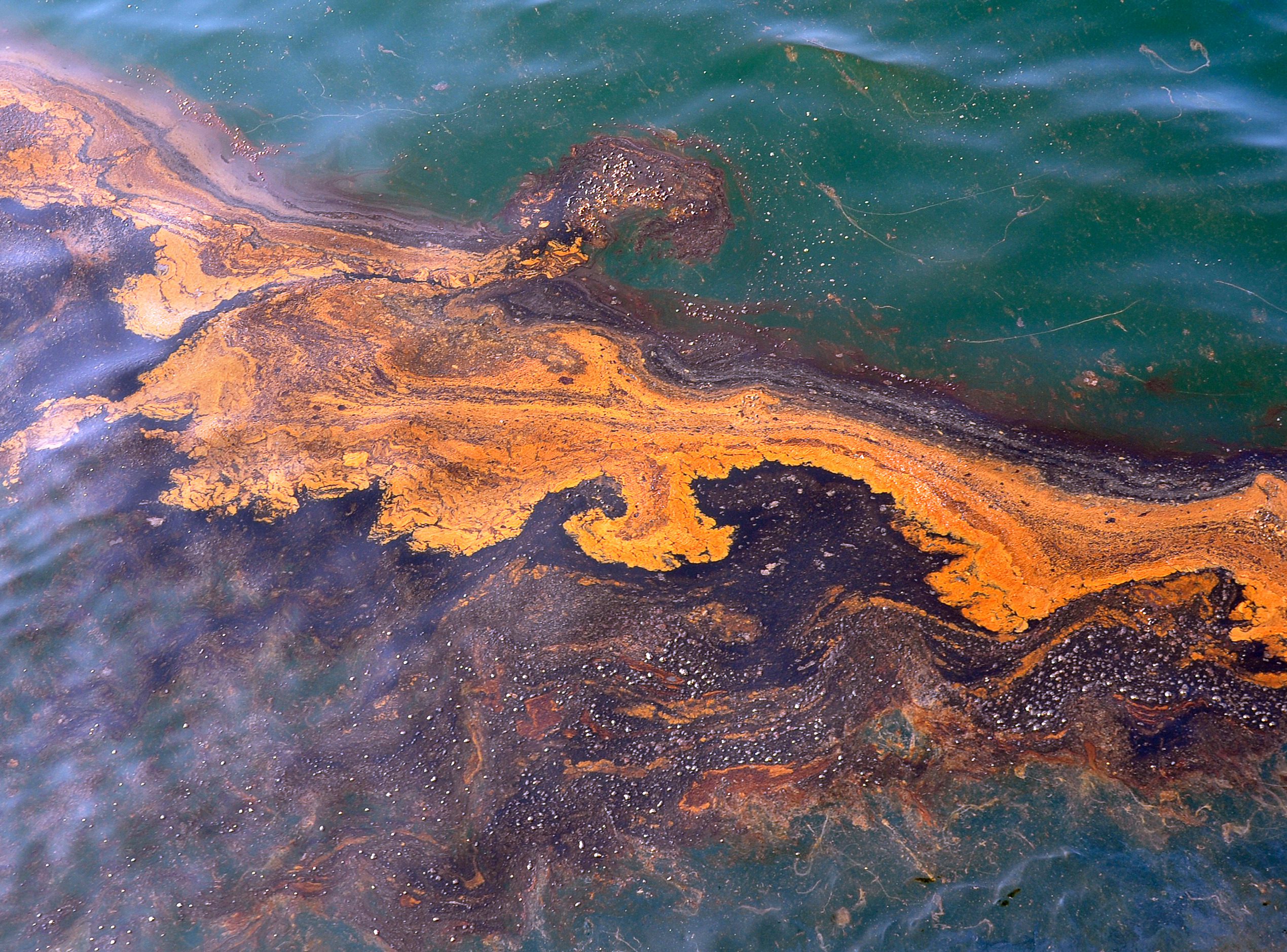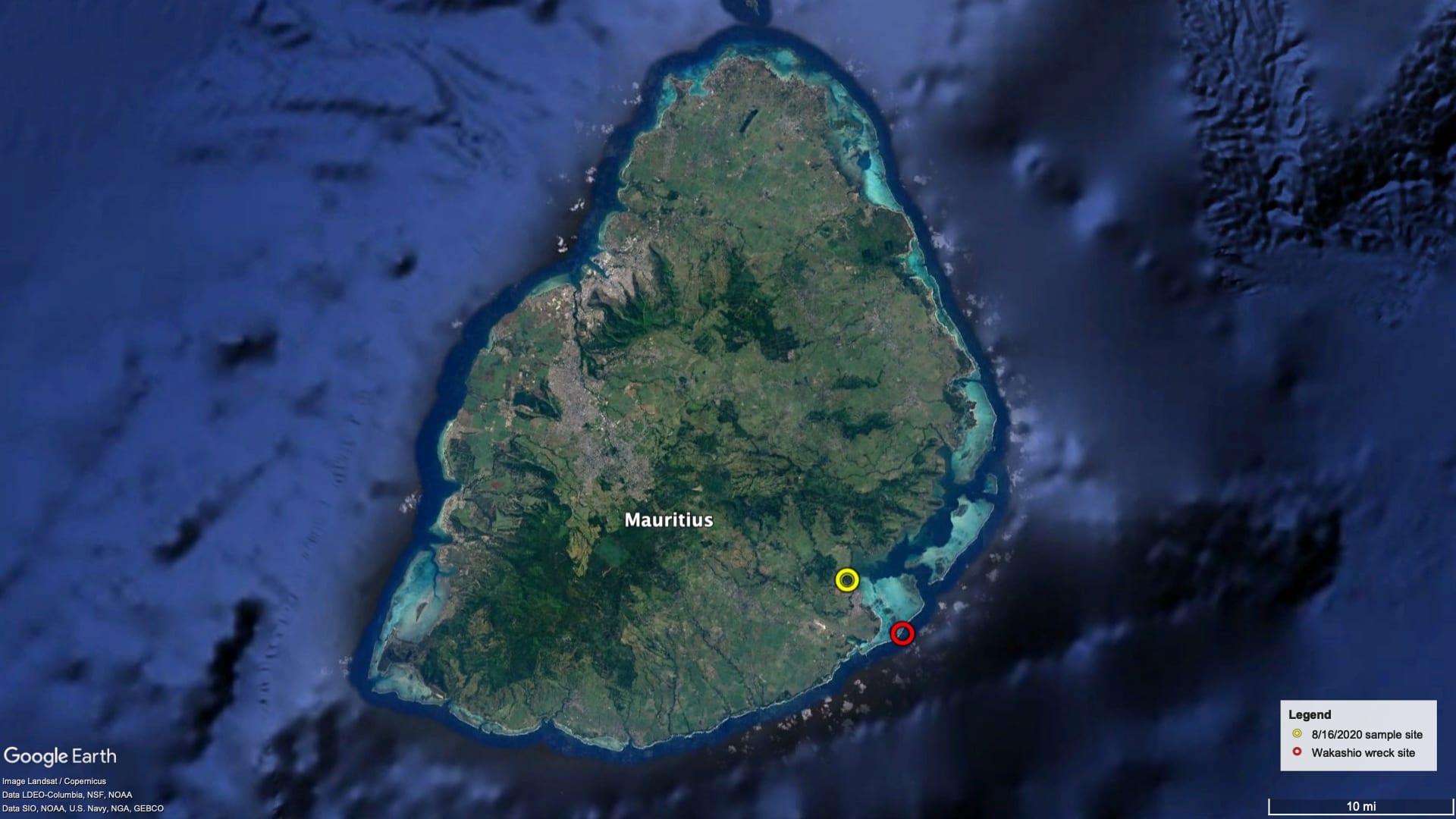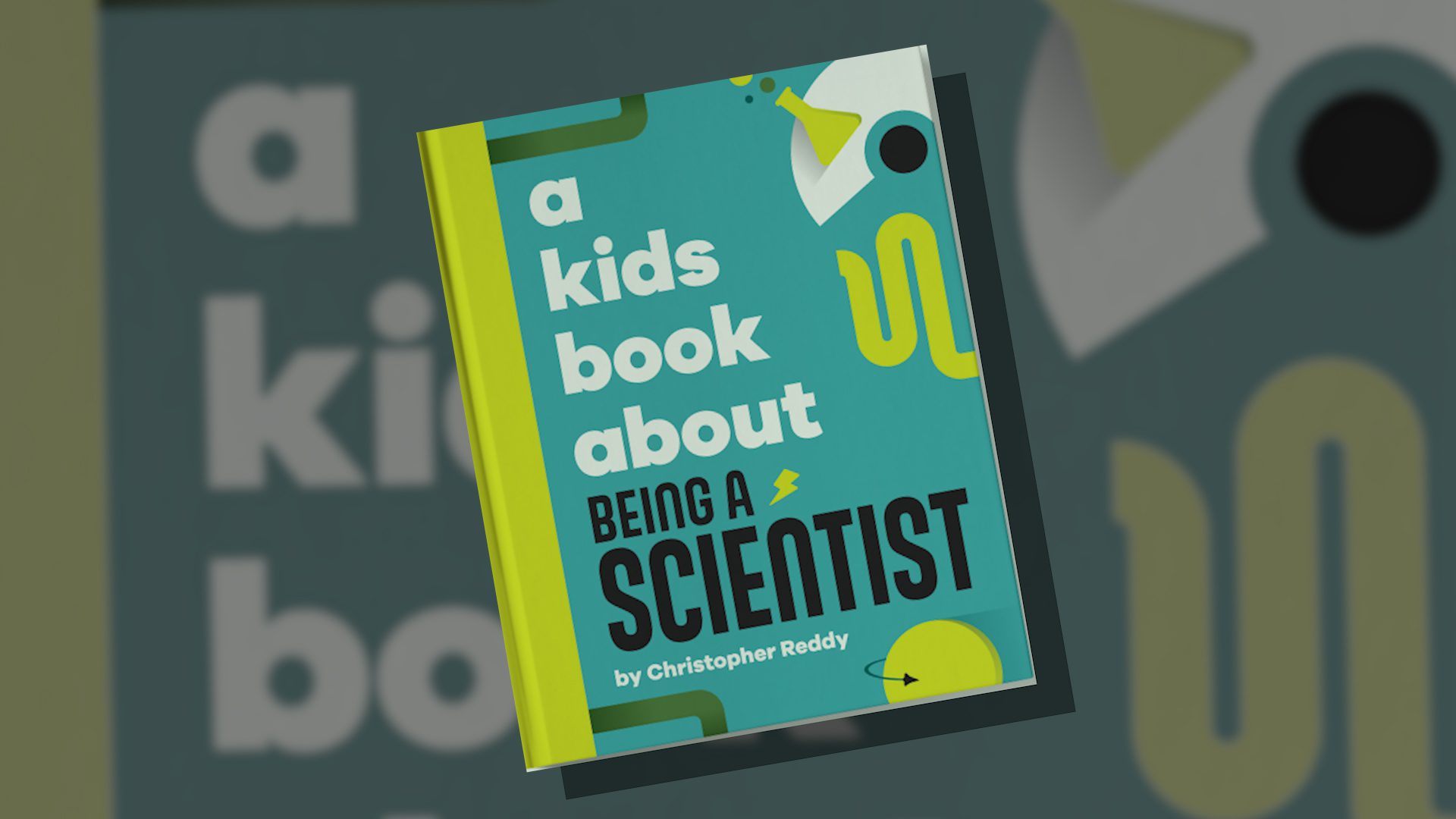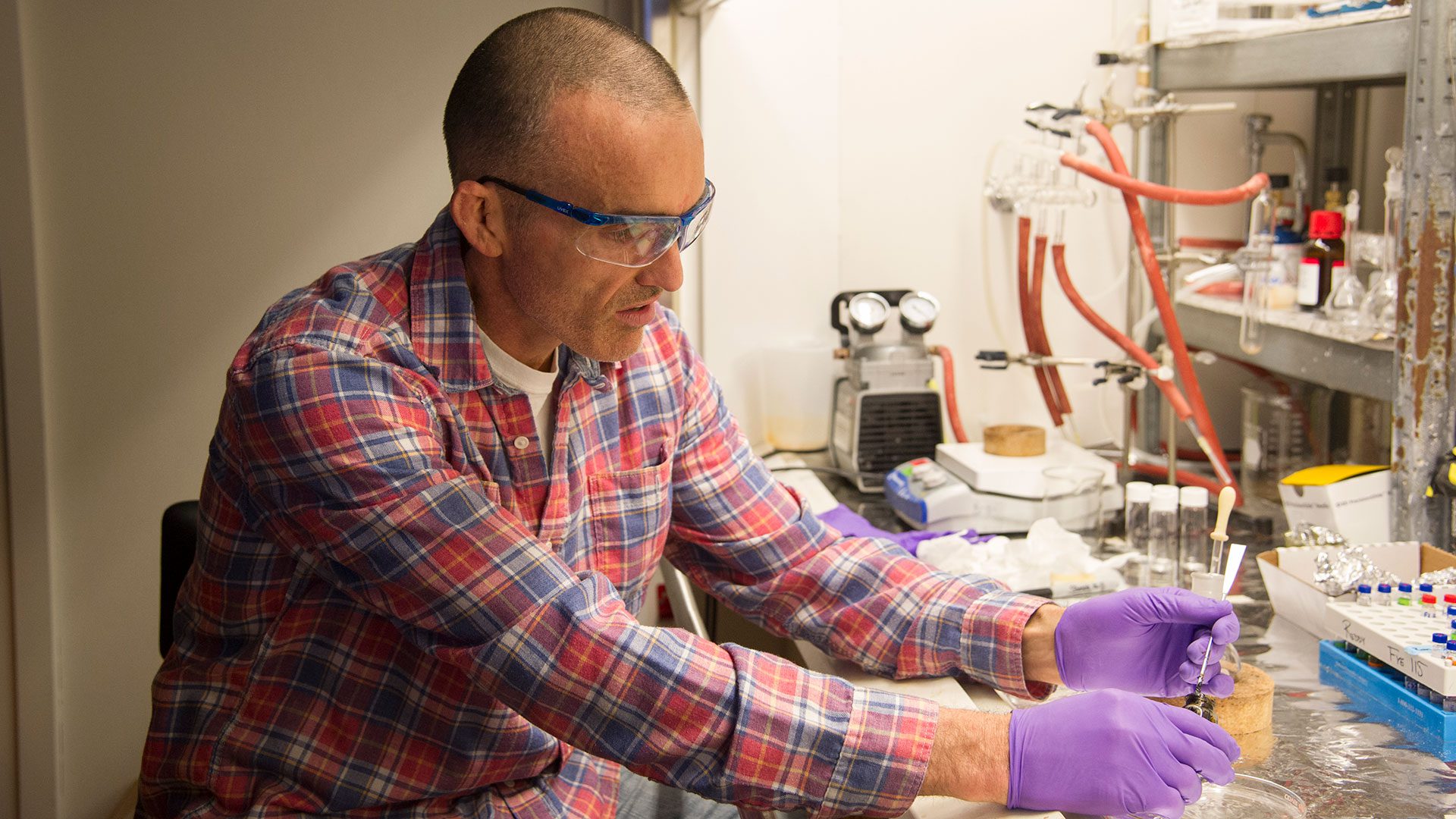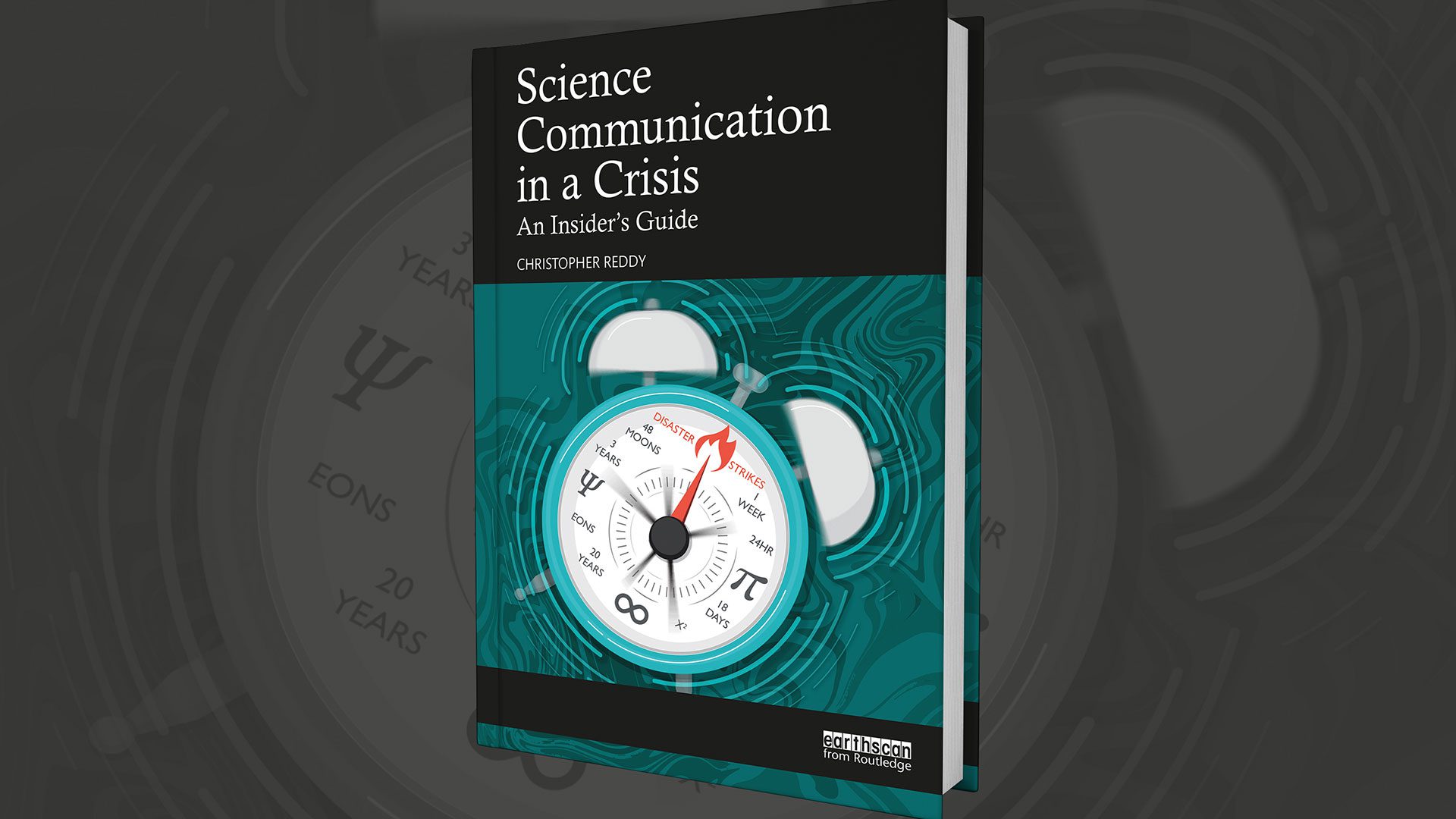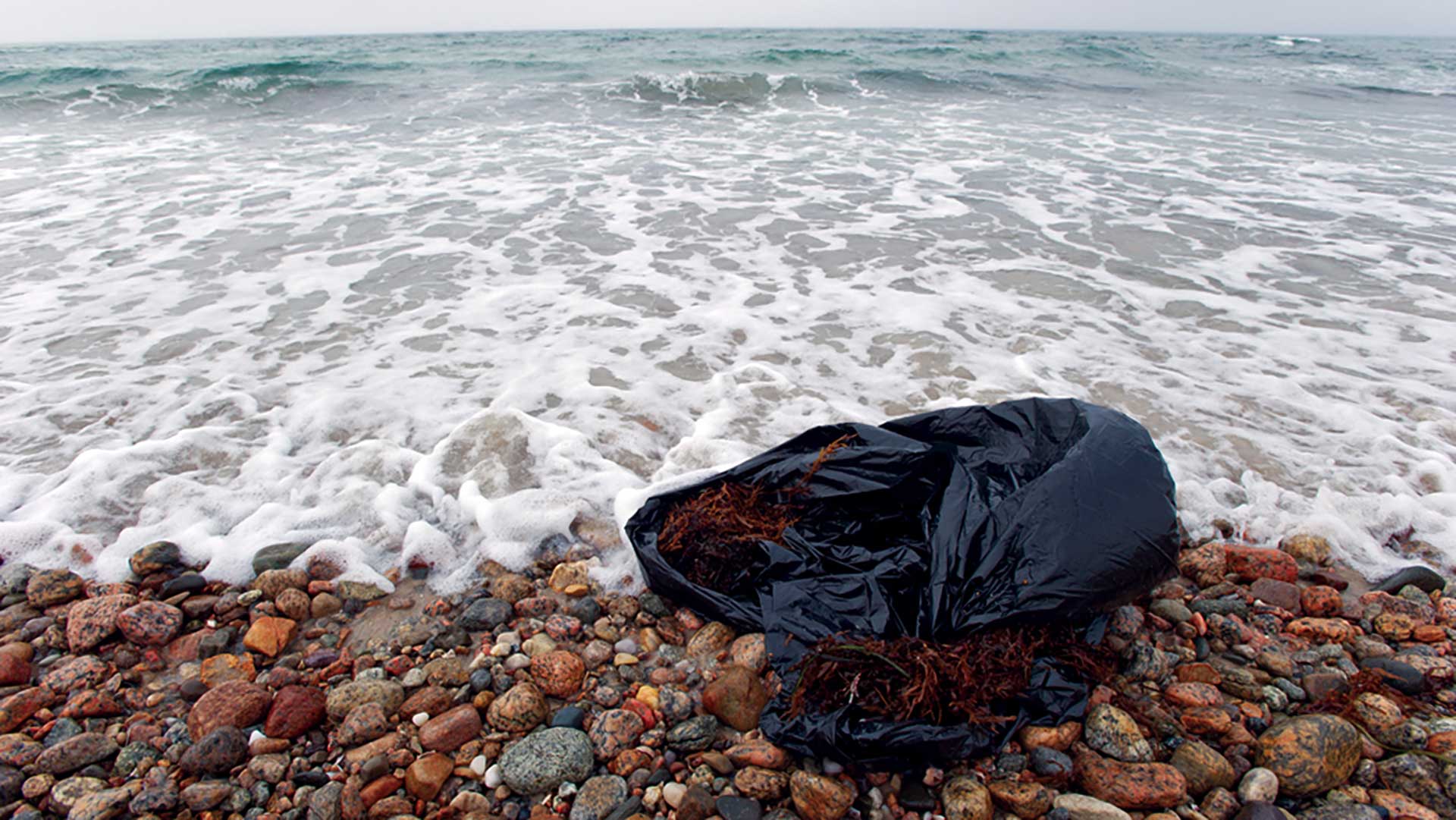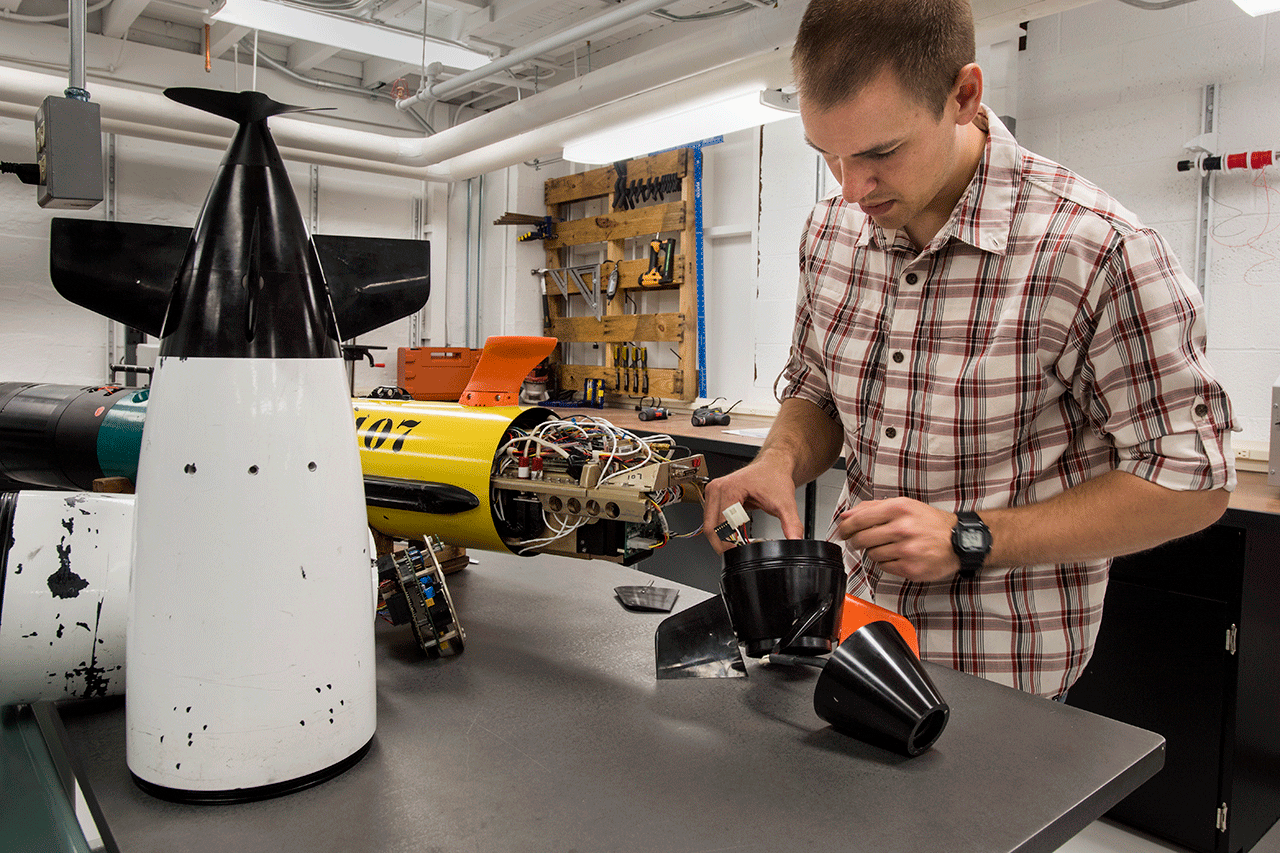News Releases
Sunlight Reduces Effectiveness of Dispersants Used in Oil Spills
A research team led by Woods Hole Oceanographic Institution (WHOI) found that sunlight chemically alters crude oil floating on the sea surface within hours or days. In a follow-up study the team reported that sunlight changes oil into different compounds that dispersants cannot easily break up. The results of these two studies could affect how responders decide when, where, and how to use dispersants.
Read MoreNatural Petroleum Seeps Release Equivalent of 8-80 Exxon Valdez Oil Spills
A new study by researchers at Woods Hole Oceanographic Institution (WHOI) and the University of California, Santa Barbara (UCSB) is the first to quantify the amount of oil residue in…
Read MoreDissolving oil in a sunlit sea
A team of Woods Hole Oceanographic Institution (WHOI) researchers discovered that nearly 10 percent of the oil floating on the Gulf after the Deepwater Horizon disaster was dissolved into seawater by sunlight – a process called “photo-dissolution”. The findings were published today in the paper “Sunlight-driven dissolution is a major fate of oil at sea” in Science Advances.
Read MoreFirst Detailed Oil Sample Analysis Completed from Mauritius Oil Spill
When the Japanese bulk carrier MV Wakashio struck a coral reef off the coast of Mauritius on July 25, 2020, and began leaking fuel oil two weeks later, local residents and the international community sprang into action to protect the pristine habitats that fringe the Indian Ocean nation.
Read MoreScientists Train the Next Generation on Oil Spill Research
As part of on-going research nearly four years after the Deepwater Horizon oil spill, scientists from the Woods Hole Oceanographic Institution (WHOI) will team up with a group of high…
Read MoreFour WHOI Scientists Contribute to Comprehensive Picture of the Fate of Oil from Deepwater Horizon Spill
A new study provides a composite picture of the environmental distribution of oil and gas from the 2010 Deepwater Horizon spill in the Gulf of Mexico. It amasses a vast…
Read MoreWHOI-Led Study Sharpens Picture of How Much Oil and Gas Flowed in Deepwater Horizon Spill
In a detailed assessment of the Deepwater Horizon oil spill, researchers led by a team from the Woods Hole Oceanographic Institution (WHOI) have determined that the blown-out Macondo well spewed oil at a rate of about 57,000 barrels a day, totaling nearly 5 million barrels of oil released from the well between April 20 and July 15, 2010, when the leak was capped. In addition, the well released some 100 million standard cubic feet per day of natural gas.
Read MoreWHOI Study Reports Microbes Consumed Oil in Gulf Slick at Unexpected Rates
In the first published study to explain the role of microbes in breaking down the oil slick on the surface of the Gulf of Mexico, Woods Hole Oceanographic Institution (WHOI) researchers have come up with answers that represent both surprisingly good news and a head-scratching mystery.
Read MoreWHOI Unveils Website on its Role in Gulf Oil Spill Research
One year after the explosion of the Deepwater Horizon drilling platform in the northern Gulf of Mexico, the Woods Hole Oceanographic Institution (WHOI) is unveiling a new multimedia website, Science in a Time of Crisis.
Read MoreWHOI Participates in Meeting Aimed at Finding Solutions to Control or Stop Oil Spill
On June 1, 2010, members of the staff of the Woods Hole Oceanographic Institution (WHOI) participated in a meeting at the Environmental Protection Agency headquarters in Washington, D.C., to consider…
Read MoreWHOI Joins Consortium to Study, Minimize Effects of Gulf Oil Spill
The Woods Hole Oceanographic Institution (WHOI) is partnering with two Louisiana institutions to determine the myriad impacts of the Deepwater Horizon oil discharge into the Gulf of Mexico and to devise and implement possible solutions to the disaster.
Read MoreStudy Reveals Microbes Dine on Thousands of Compounds in Oil
Thousands of feet below the bottom of the sea, off the shores of Santa Barbara, CA, single-celled organisms are busy feasting on oil. Until now, nobody knew how many oily…
Read MoreMarine Chemist Says “Not So Fast” to Quick Oil Detection Method
A new method for assessing environmental contamination after oil spills is in danger of being applied in situations where it doesn’t work and might produce false conclusions, a scientist at…
Read MoreBuried, Residual Oil is Still Affecting Wildlife Decades After a Spill
Nearly four decades after a fuel oil spill polluted the beaches of Cape Cod, researchers have found the first compelling evidence for lingering, chronic biological effects on a marsh that…
Read MoreWHOI Scientists Respond to Buzzards Bay Oil Spill
Woods Hole Oceanographic Institution (WHOI) scientists from diverse disciplines have responded to the April 27 spill of nearly 15,000 gallons of No. 6 fuel oil into Buzzards Bay, drawing on decades of experience studying the effects of oil spills on the marine and coastal environment.
Read MoreOil Found in Marsh Sediments 30 Years After Spill
Thirty years after approximately 175,000 gallons of No. 2 fuel oil spilled from the barge FLORIDA in Buzzards Bay near West Falmouth, MA, residues of the oil can still be found in salt marsh sediments, according to a report to be released November 15 by scientists at the Woods Hole Oceanographic Institution (WHOI) and colleagues at the U.S. Coast Guard Academy. Their findings, to appear in the journal Environmental Science and Technology published by the American Chemical Society, provide further evidence that oil persists in the marine environment for a long period of time even though the surface sediments recover quickly and appear visually healthy.
Read MoreWoods Hole Oceanographic Institution Marine Chemist Authors ‘A Kids Book About Being a Scientist’
In his new book, A Kids Book About Being a Scientist, award-winning author and WHOI chemist Chris Reddy encourages young people to explore the world around them
Read MoreWHOI chemist given prestigious award
The award recognizes individuals who “materially increase the public’s knowledge of chemistry, chemical engineering, and related fields.”
Read MoreMapping the potential path of nuclear wastewater
WHOI Sea Grant will study spreading pathways from Pilgrim Nuclear Power Station
Read MoreWHOI Marine Chemist Shares Hard Won Advice for Communicating in the Face of Environmental Disasters
Science Communications in a Crisis: An Insider’s Guide draws on decades of experience
Read MoreWoods Hole Oceanographic Institution Collaborates with Boston Ballet on New Production Focusing on the Ocean
La Mer will make its world premiere on April 6
Read MoreNew study takes comprehensive look at marine pollution
Paper finds ocean pollution is a complex mix of chemicals and materials, primarily land-based in origin, with far-reaching consequences for environmental and human health, but there are options available for…
Read MoreThree WHOI Scientists to be Honored by AGU
Three scientists from the Woods Hole Oceanographic Institution (WHOI) are among those to be honored by the American Geophysical Union (AGU) with awards or special lectures at its upcoming fall…
Read MoreWHOI Center for Marine Robotics Receives NextGEN Award
The Center for Marine Robotics at Woods Hole Oceanographic Institution (WHOI) was chosen to receive a NextGEN award by the Massachusetts TechHUB Caucus.
Read More
